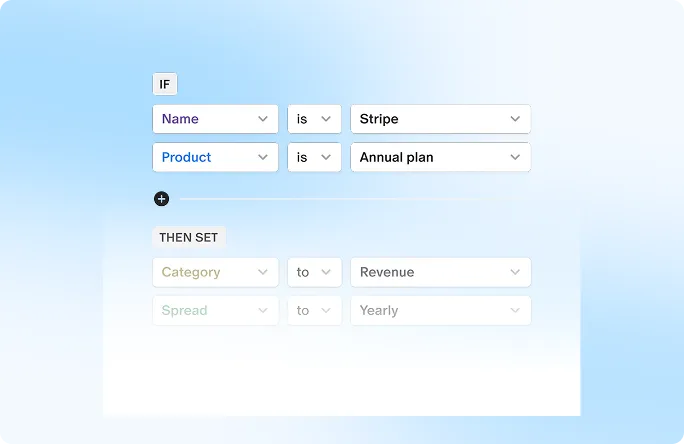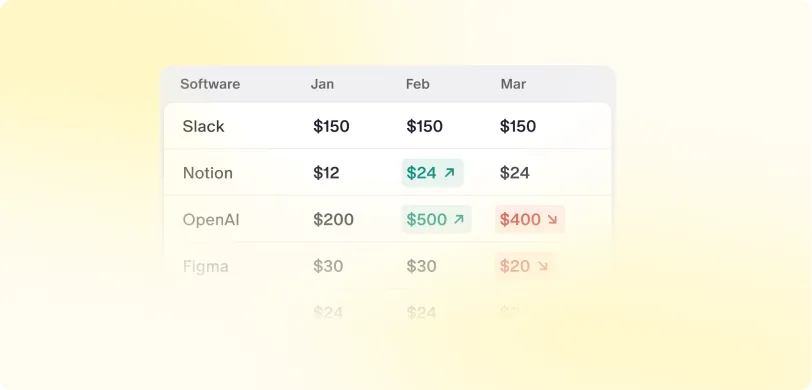In a Qonversation with Uma Shankar, Partner Consulting at ESOP Direct, the focus was on the recent Executive Compensation guidelines that have been issued by IRDAI, India's Insurance Regulatory Development Authority.
One of the main aims was to discuss, in length, the implications and subsequent effects, of the new set of guidelines that IRDAI had come out with, which focused on ESOPs and equity management. The parties began their discussion by introducing the new guidelines, and explaining how the focus of IRDAI is to change regulations so as to meet the changing business landscape, especially within the realm of insurance companies, both globally and domestically.
To begin with, Uma highlighted the three primary phases of ESOP regulation, beginning in 2009 with the issuance of an IRDAI circular addressing ESOPs or sweat equity. This concept mainly involved provision of payment for effort, work or services with methods that were not liquid capital- to instigate ownership interests or equity rewards. In 2016, IRDAI introduced a comprehensive framework of directives that centered around the compensation of non-executive directors, focusing on the monetary facets of their remuneration. Most recently, in the year 2023, the IRDAI introduced much more extensive guidelines that focused on integrating ESOPs into compensation structures, which covered variable pay and a broader range of management.
The discussion then shifted towards analysis of the main points covered by the guidelines that were most recently issued. A significant difference was the expanded scope outlined in the latest guidelines. This broader range of personnel covered by the guidelines included all crucial managerial roles ('KMPs', such as the Chief Human Resources officer, Chief Information Officer, Chief Market Officer and other CXOs)- they just had to be one tier below the MD or CEO. Then, Srikanth and Uma delved into discussing the changes made to the regulations which were related to the structure of variable pay. We see that there is a more detailed regulation surrounding share-linked and cash-linked incentives and compensation. Notaly, any ESOP that involves a cash component is now categorized as cash VP.
Another noteworthy change was the introduction of regulations pertaining to the proportion between variable pay and fixed pay. The minimum variable pay must now be 50% of the fixed pay, while the upper level limit has been capped at 300% of the fixed pay. This change seems to be very closely related to another regulation that has been added, in the recent guidelines. According to this regulation, a minimum of 50% of the variable pay must be constituted by ESOPs, if the variable pay is within 200% of the fixed pay. Moreover, if the variable pay exceeds 200% of the fixed pay, then at least 70% of the variable pay must be constituted of ESOPs. The new guidelines also touch upon deferral of variable pay, however, to a much smaller extent. One of the only significant changes made to deferral is that a minimum of 50% of the variable pay must now be deferred. Additionally, these guidelines introduce a crucial idea that vesting must take place on an annual basis.
The call also addresses the potential hindrances that may come up, with a lot of consideration being put into the discussion surrounding the addition of the malus and claw back provisions, and how the implementation of the new guidelines would need companies to revise their existing ESOP framework to meet the necessary regulations.
The discussion comes to an end with Srikanth and Uma discussing the importance of the new guidelines, in a competitive and ever-changing environment. They stress on how these guidelines are not meant to provide roadblocks when attracting, retaining or rewards Key Managerial Personnel, but are to rather align their compensation with the company's long-term goals, through a sense of ownership. For top management, adapting to ESOPs becomes extremely important to match their values with the motivations of company success. As stakeholders, they are incentivized to lead strategic expansion, improve performance, and enhance shareholder value. ESOPs enable the company to create a culture of ownership that then drives leaders to make choices that support long-term growth, talent retention and seamless succession planning. This motivation also fosters collaboration, innovation and resilience, allowing the company to be stronger in a dynamic business landscape.


 ESOP Management
ESOP Management

 Liquidity Solutions
Liquidity Solutions

 ESOP Consulting
ESOP Consulting

 Fund Management
Fund Management










































